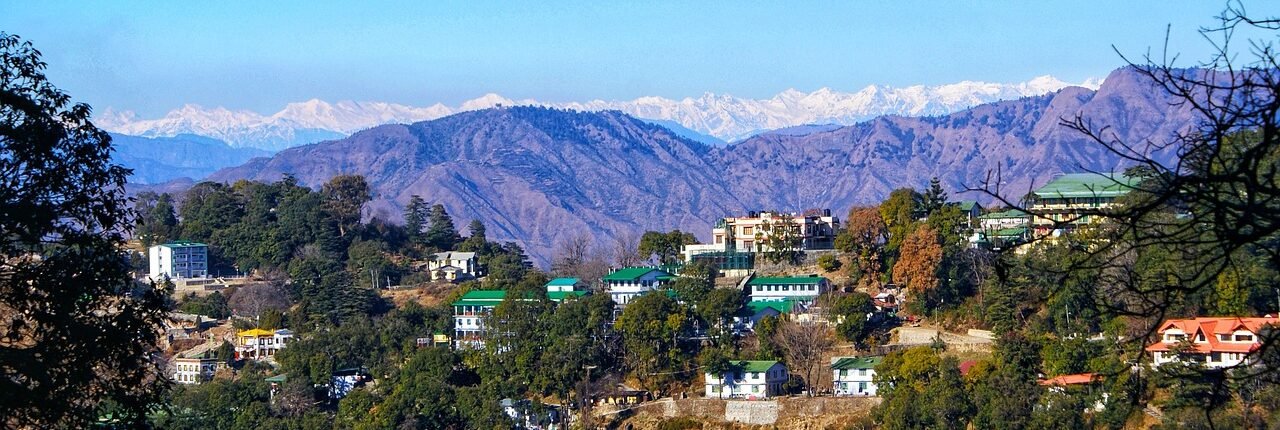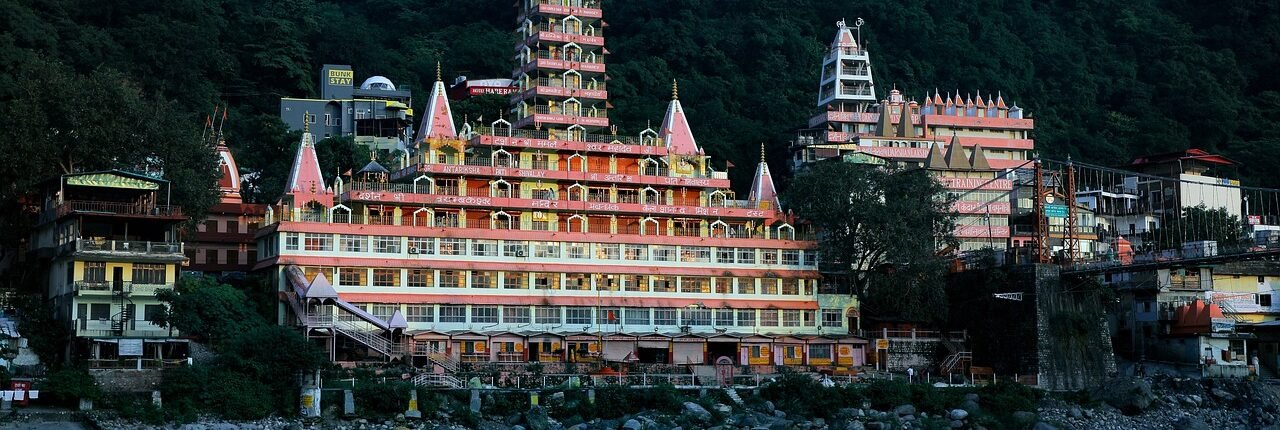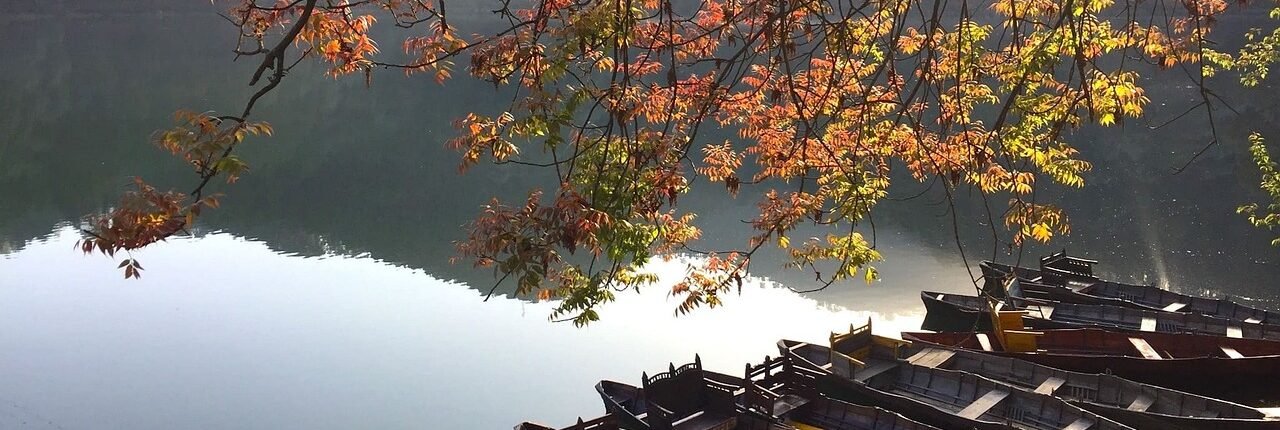BANDHAVGARH NATIONAL PARK – EXPLORE THE WILDLIFE OF CENTRAL INDIA
BANDHAVGARH NATIONAL PARK
Bandhavgarh National Park is situated within the Umaria district of Madhya Pradesh and referred as Tiger Reserve. It is spread over 437 Square Kilometers area. It has a spectacular collection of flora and fauna and also provides a habitat to 250 species of birds and more than 20 different species of mammals. Park comprises hills, thick Sal forest and grassland. Bandhavgarh is also a tiger reserve and known for high density of tiger population.
WILDLIFE SPECIES OF BANDHAVGARH NATIONAL PARK
Flora: The Park is dominated by thick Sal forest, grassland, rocky hills and Cliffs. Mix species of Vegetation, Bamboo forest and dense grassland is developed within the area due to fertile river banks. Charan Ganga is the main river passes through the National Park and feed the flora and fauna of this region. This region is mainly divided between upper hills and lower slopes. Upper hill area has dense grassland due to river. Bandhavgarh is a home of 300 species of Flora like Arjun (Terminaliaarjuna),Dhaora (Anogeissuslatifolia),Palas (Buteamonosperma),Amla (Emblicaofficinalis),Jamun (Blackberry) (SyzygiumCumini),Mango (Mangiferaindica), Saj (Terminaliatomentosa),Tendu, Khajur (Phoenix sylvestris),Ber (ZizyphusMauritiana),Salai (Boswelliaserrata),Babul (Accasianilotica),Dhok (Anogeossispendula),Banyan (Ficusbenghalensis),Dhak or Chila (Buteamonosperma),Kadam (Authocephaluscadamba),Khair (Accacia catechu), Khejda (Prosopisspecigera),Karel (Capparis decidua),Kakera (Flacourtiaindica), Bamboo,Boswelia, Madhuca, Pterocarpus, Neem(Azadirachtaindica), Lagerstroemia, Mohua (Madhucaindica). Sal and Bamboo forest are found within the lower slopes of this region
Fauna: Bandhavgarh National Park has highest tiger population and only known for habitat of white tigers. It provides a shelter to other several wild species like Leopard,Bear, Hyena, wildcat, Spotted Deer, Dhole, Sambhar, Wild bour, Nilgai, Sambar, Gaur, Chausingha, Chinkara, Jackal, Fox, Grey Mongoose, Palm Squirrel, Small Indian Civet and Grebe. River and water bodies allow various bird species to be a part of this habitat and Grey Hornbill, White Breasted Kingfisher, Sarus Crane, Black Vulture, Adjutant, Crested Serpent Eagle, Black Kite, Common Peafowl, Parakeet, Dove, Red Galina, Indian Roller and Egyptian Vulture are the common species spotted in this region. It also accommodates reptile like Cobra, Python, Viper, Turtles and lizards.
SAFARI ZONES OF BANDHAVGARH NATIONAL PARK
The Bandhavgarh National Park is divided between core and buffer zone. It has 3 core zones and 3 buffer zones where tourist can explore the wilderness of this area. Fixed numbers of Vehicles are allowed within the national park during morning and evening. Below are the details of various zones.
Zone 1: Tala is the first core zone to explore the jungle. This is the biggest and preferred zone for tiger sighting. Tala zone covers Chakradhara and Rajbhera region and offer you the actual wildlife and ecosystem including forest rocky hills, grassland and river.
Zone 2: Magadhi is another core zone of Bandhavgarh National Park. This includes Charkpwaha,Murdhawa,SukhiPatiha and Dabhadholr. Availability of water attracts animals to visit this place frequently so the sighting possibility is very high in this region.
Zone 3: Khitauli zone is also located in core area. This is the zone where you can enjoy complete wildlife experience including sighting of tigers and other wild animals.
Zone 4: Panpatha (Pachpedi)is located in buffer zone of Bandhavgarh National Park and also an extension of Khitauli core zone. This area can also be visited to explore the Flora and Fauna of the National Park.
Zone 5: Dhamokar zone is located near Magadhi core zone and known for natural caves. You also have a fair possibility of sighting wild animals in this region.
Zone 6: Johila(Kalwa) is the buffer zone of Tala core area and famous for Johila Water fall among tourists. Water support make this zone a hotspot for different wildlife animals and birds.
WILDLIFE SAFARI IN BANDHAVGARH NATIONAL PARK
Jeep Safari and Canter safari is available at various gates of the National Park in the morning and afternoon shifts. Timings are different for summers and winters. Please also note that safari timings can be changed by the authorities depending on weather condition and other aspects.
Jeep Safari: Only 6 person are allowed in a jeep at a time and available in morning and afternoon shifts. Jeeps carrying groups of individuals and families are allowed to enter the park with a local guide and instructions.
Canter Safari: Canter safari is also conducted twice during a day and permit maximum 20 pax at a time. It is perfect for bigger groups travelling together.
SAFARI TIMINGS
| MONTHS | MORNING SAFARI | AFTERNOON SAFARI |
| 15th October to 15th Feb | 6:30 AM to 11:00 AM | 2:30 PM to 17:30 PM |
| 16th Feb to 31st March | 6:00 AM to 11:00 AM | 3:00 PM to 06:00 PM |
| 1ST April to 30th June | 5:30 AM to 10:00 AM | 4:00 PM to 07:00 PM |
Please Note: During Holi both safaris are not operational and on all Wednesday, the Evening Safari remains closed for tourists at Bandhavgarh Park.
PLACES TO VISIT & ACTIVITIES
Bandhavgar National Park: Enjoy an open jeep safari to explore the jungle and wildlife in its natural habitat. This safari will introduce you to the wilderness of the jungle Ranthambore National Park and natural landscaping of the area.
Bandhavgarh Fort: This is an ultimate place to visit located near Tala zone and referred as the oldest fort in India. You can follow a trek under supervision of a local guide to reach the place located at an altitude of 807 meters above the sea level on a hill. This place will surprise you with the view of the jungle and architecture of the fort.
Bamera Dam: Bamera Dam is 12 KMS away from the National Park and best known for bird watching and day picnic spot for tourists. A picturesque view of the Dam and beautiful surrounding will influence you to spend some time and capture some images of this place.
Jwala Mukhi Temple: This temple is located on the bank of Charan Ganga river and dedicated to Maa Jawalamukhi (A Hindu Goddess of power and prosperity). Visit the place and feel the spirituality.
Bandhavgarh Caves: Ancient caves of sandstone located within the Banghavgarh National Park and carved with Bramhi script and figures of animals.
Ghorademaon Waterfall: This is a beautiful waterfall located inside the Bandhavgarh National Park. It is nice place to spend some time in the lap of nature and inside the jungle.
Baghel Musium: It’s a royal mansion showcase the history of Baghel dynasty and belongs of the king of Rewa.
Shesh Shaiya: It is a statue of Lord Vishnu located near the origin of Charanganga River. You can trek to reach at this place because no other option is available to reach there.
BEST TIME TO VISIT BANDHAVGARH
Bandhavgarh is a region of the North India and witness a cold winter and extreme hot summers. We advise visiting the Bandhavgarh National Park between Octobers to March and if you want to explore the real wildlife then we will suggest you to travel in summers because animals come out from their shelters to find the water sources.
HOW TO REACH BANDHAVGARH
By Railways: Umaria and Jabalpur are that the nearest railway stations to Bandhavgarh National Park and you can hire a taxi or cab for forward journey.
By Roadways: Road connectivity is good to Bandhavgarh National Park and regular bus services are available from nearest cities like Umaria, Jabalpur, Satna, Katni and Rewa. You can also hire a cab or taxi to reach the place.
By Airways: Jabalpur and Khajuraho are the nearest airports to Bandhavgarh National Park. One can hire a taxi or cab from there to reach the place.
DISTANCE FROM THE CLOSEST CITIES
Umaria – 35 KMS
Katni – 102KMS
Jabalpur – 200KMS
Khajuraho – 250KMS
TRAVEL TIPS:
Safari Booking in Advance: Jungle safari need to be booked well in advance, especially during peak seasons, as there is limited availability of jungle safari, and you may not be able to book at a time.
Entry Permits: Entry permit need to obtain well in advance and carry a valid ID proof to enter into the park.
Accommodation: Choose accommodation options within or near the park, as this will save travel time and increase your chances of wildlife sightings. But you may choose accommodation according your budget.
Pack you bag: Neutral color and comfortable cloths along with essentials like sunscreen, insect repellent, a hat, and binoculars should be there in your packing list.
Timing Matters: Early morning or late afternoon safari is best when animals are most active. You may also hire a knowledgeable guide who can provide insights into the park’s flora and fauna.
Weather Forecast: Weather forecast need to be checked before you start your trip and pack accordingly, especially during monsoon as weather plays a vital role in sighting of wildlife animals
Follow Park Rules: Please follow the park rules and guidelines as, including speed noise restrictions and no smoking in the park. You are advised to maintain a safe distance from animals and avoid making loud noise or sudden movements. Don’t step out from safari vehicle.
Cameras: Bring a quality camera to capture wildlife images for your references and collection as a memory.
Medical Kit: you may also carry a basic medical kit for an emergency and keep a note of emergency contact numbers and local authorities’ information.
SPECIAL REQUEST:
Please help wildlife area and surroundings litter free and dispose of your trash responsibly and do not litter in the park. You are also requested to respect culture and traditions of the surrounding local communities.
Disclaimer:
Foodandjourney.com and blogger claims no credit for images featured on our blog site unless otherwise noted. All visuals and contents are copyrighted to its respectful owners. We always try to link back to original sources whenever possible and feasible. If you own the rights to any of the images or video, and do not wish them to appear on our blog, please contact us and it will be promptly removed. We believe and respect in providing proper attribution to the original author of images, artists and photographers.
BEST PLACES TO STAY AT BANDHAVGARH NATIONAL PARK
We have sort of options for you to explore the National Park. Please fill within the details and a wildlife expert will assist you.
Share us query








